
Prisoners of Dachau Concentration Camp arrived though the “Jourhaus,” an administration building and gate house that you can see in the background to the right. The gate, featured in the title image, reads, “Arbeit macht Frei,” or “Work sets you free,” the same infamous words featured in Auschwitz Concentration Camp’s entry gate. The large building in the foreground is the Maintenance Building that housed the main kitchen, the Shunt Room, and the baths. When prisoners arrived, they would be taken to the Shunt Room where they would be stripped of personal items and clothing. From there the prisoners would move to the bath. The large open area in front was the location where prisoners would have to endure the grueling roll call process. If you’d like to learn more about the camp and its various components, the official website has a detailed virtual tour.

The perimeter of the camp area was fortified with guard towers and various barriers.

The complexity of the exterior perimeter was recreated in this portion of the barrier, which included a wall topped with barbed wire, an electrified barbed wire fence, additional barbed wire on the ground, and a ditch, all of which was under close watch from the guard towers.

The allée of trees lines the central axis between the rows of barracks. The area at the end of the path used to house functional buildings but now houses Jewish, Catholic, and Protestant memorials to Dachau’s victims.

Standing in the corner of the camp nearest the crematorium area, this view looks back across a row of demolished barracks. At the end of the row stands a reconstructed barrack. Each barrack was intended to house 200 prisoners, but by the end of the war up to 2,000 prisoners were crammed inside.

While Dachau was not a death camp, at least 41,500 prisoners died from starvation, poor health, or execution. Barrack X, or the New Crematorium, was built in 1942 as the death count was skyrocketing. This building had four crematory furnaces, disinfection chambers, a gas chamber disguised as a shower, and it was the site of some executions by hanging or shooting. Although Barrack X was designed with mass killings in mind, only select executions were conducted in the gas chamber.

After our somber visit to the Concentration Camp, we walked through the town of Dachau, ending in front of “Schloss Dachau,” or “Dachau Castle.” From there we had a commanding view over the quaint town and could even see Munich’s “Olympiaturm,” or “Olympic Tower,” in the distance.

Like many of Germany’s castles and palaces, Schloss Dachau has beautiful gardens.

While taking some visiting-Fulbrighters around Munich to see the city's most notable site, we obviously stopped in the English Garden.

After meeting most of them online, it was lovely to meet these Fulbrighters in person!

On Sunday I saw more spectacular Bavarian views while hiking with some floormates. You can find a post with more breathtaking pictures of the hike here!
This week was full of mini-adventures! On Monday me and three floormates set out to play soccer. When we arrived at the small concrete field, there was already a group of teenagers kicking the ball around, so they asked us if we’d join them to play a game. Of course, we agreed. I am happy to say that while I am way worse than I was in high school, I was still able to impress some Germans. After we wrapped the game up, the four of us ate dinner together and hung out. Tuesday was a dedicated work day.
The nice weather on Wednesday lent itself to a touristic excursion; a floormate and I visited the concentration camp in Dachau, just outside Munich. Dachau opened on March 22, 1933, shortly after the Nazi party rose to power. While not a death camp, Dachau was the longest operating concentration camp and saw endless horror. The stark atmosphere is hard to transform into words, but the experience was worthwhile in reflecting on the past and honoring the victims of the camp specifically and the Holocaust at large. Because of Covid, it was especially empty, which added to its haunting environment.
Thursday was a relaxed rainy day back in the dorm, but then the sun returned on Friday and a big group from my floor went to an Augustiner Biergarten. The weather, the company, the start of the weekend, the beer, and the declining Covid cases put everyone in a great mood!
On Saturday three Fulbrighters from out of town were visiting Munich, and I had the chance to meet up with them and give them a tour! I already knew two of them from our online Fulbright connections and weekly yoga sessions, but it was fantastic to meet them in person.
The week ended with a bang, as four friends and I went for another hike in the Bavarian Alps! We hiked just over 11 miles from Kochel am See to Ohlstadt. When we returned to Munich, we rewarded ourselves with our weekly Sunday night pizza order!
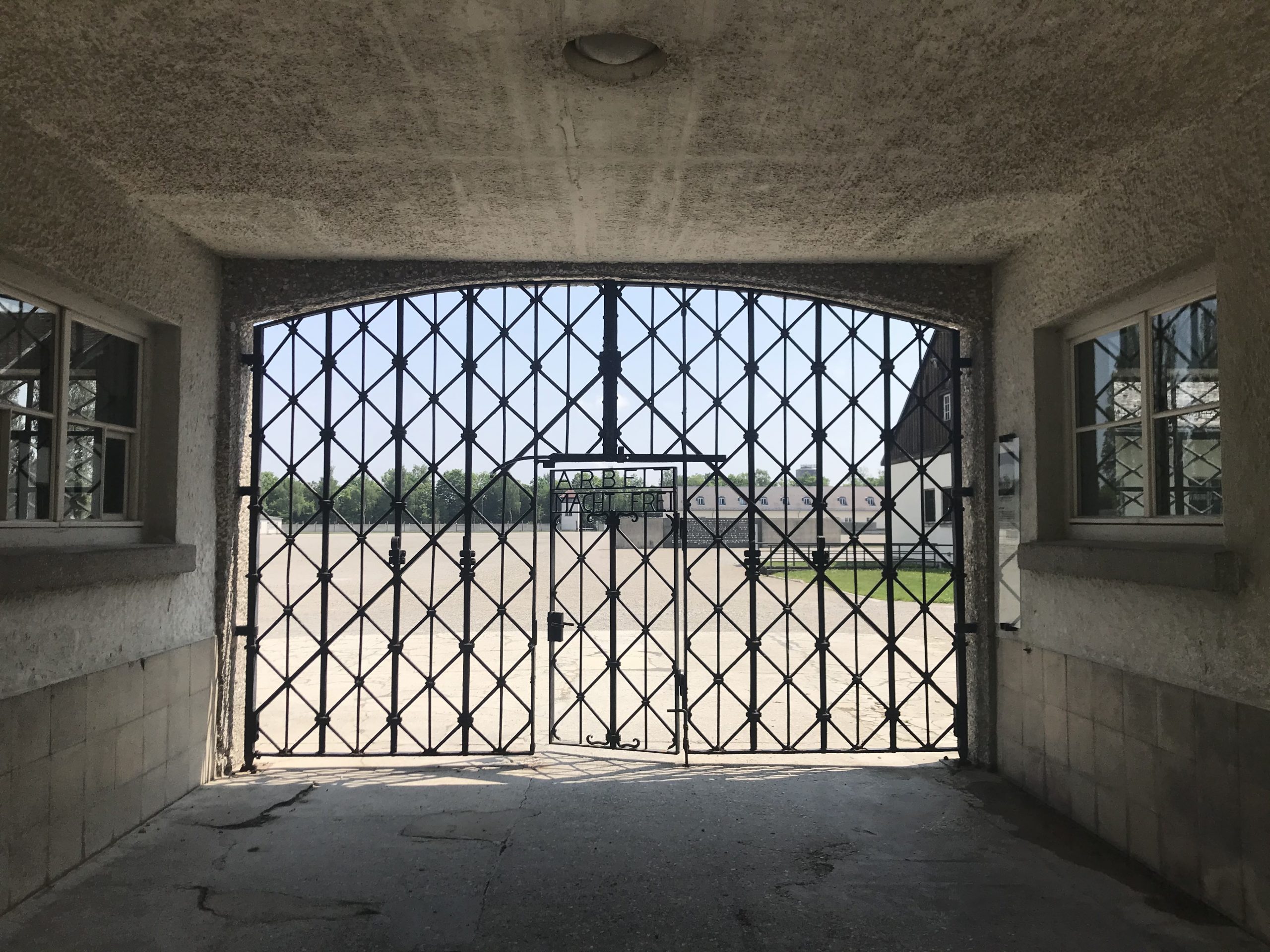











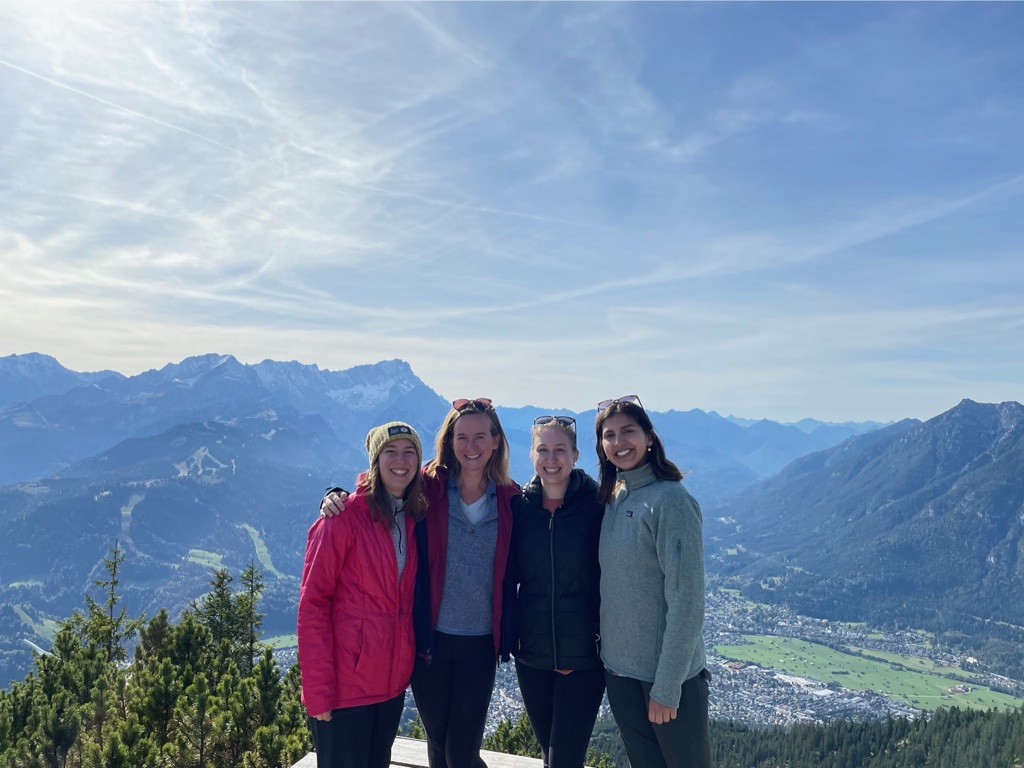
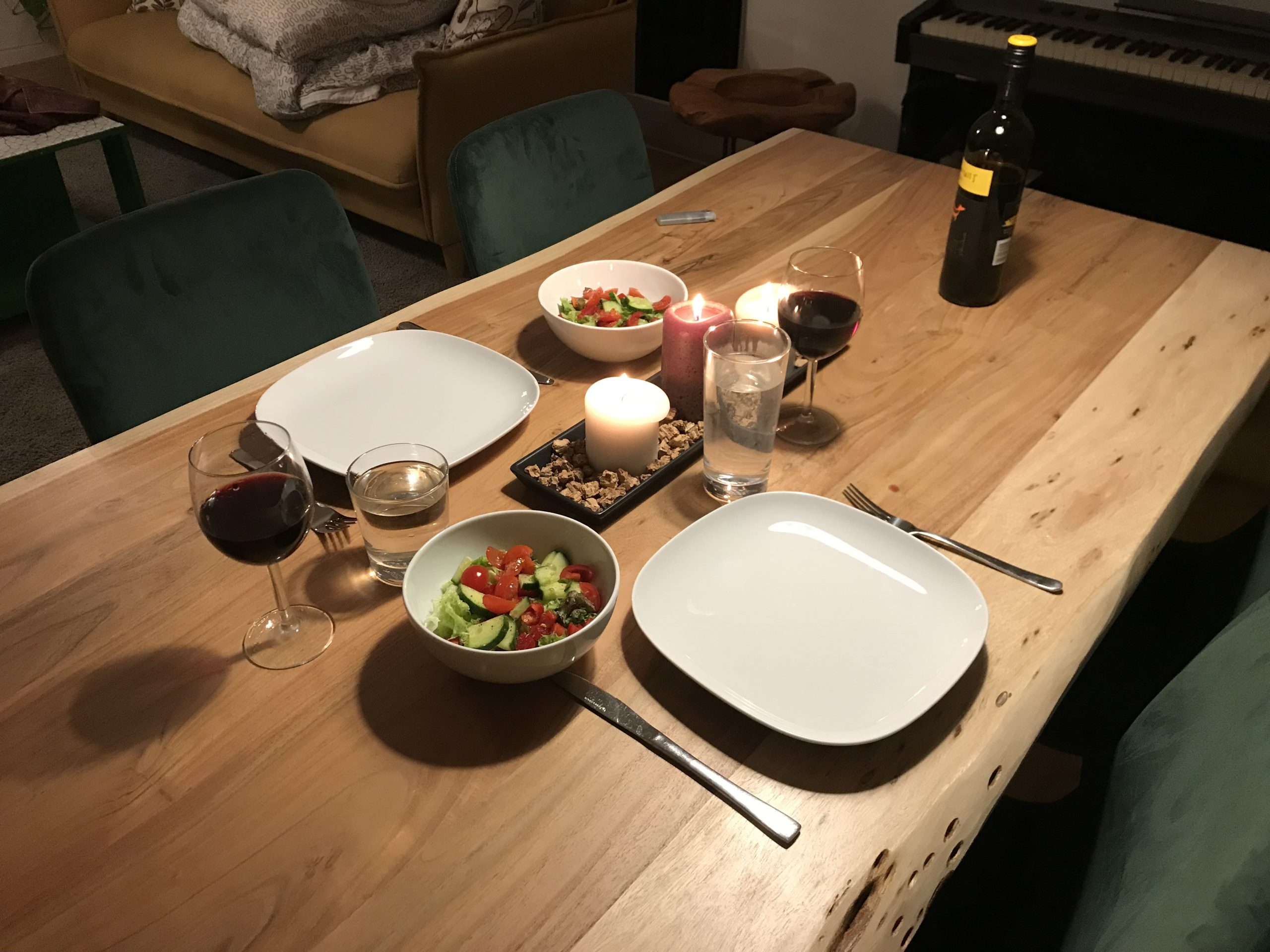
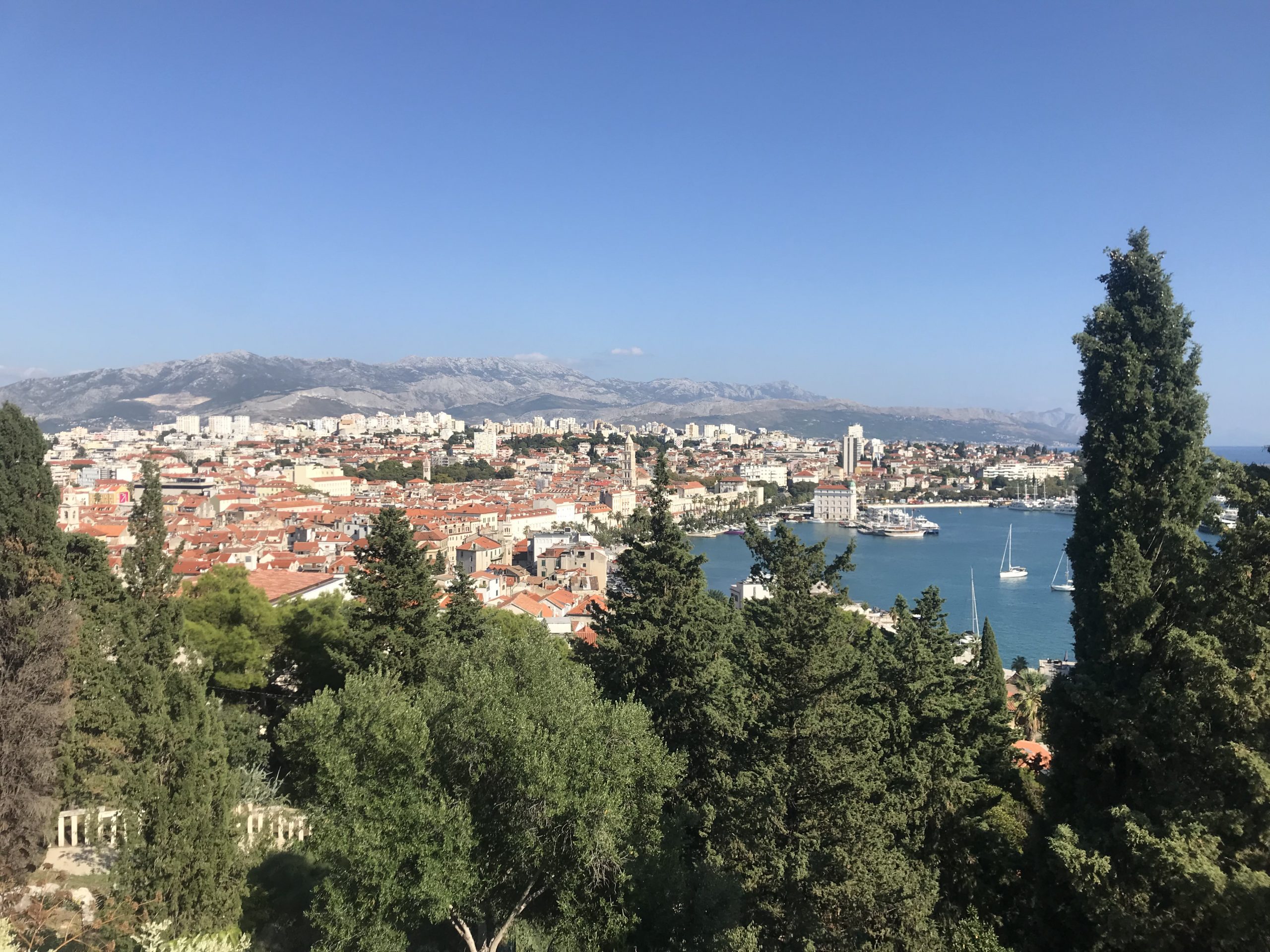

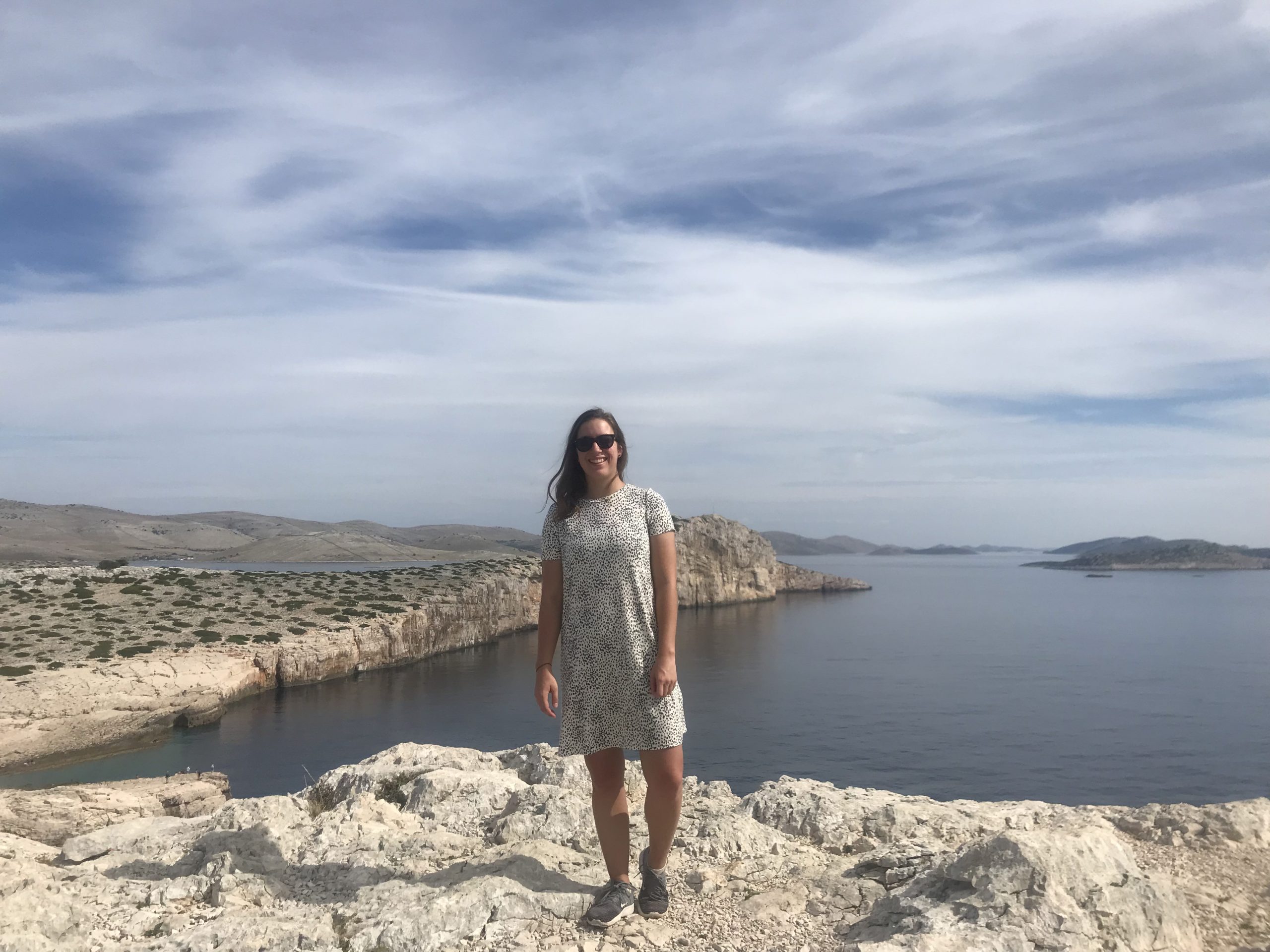
Leave A Comment